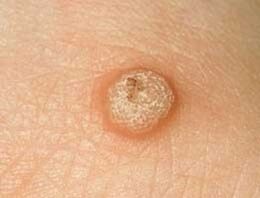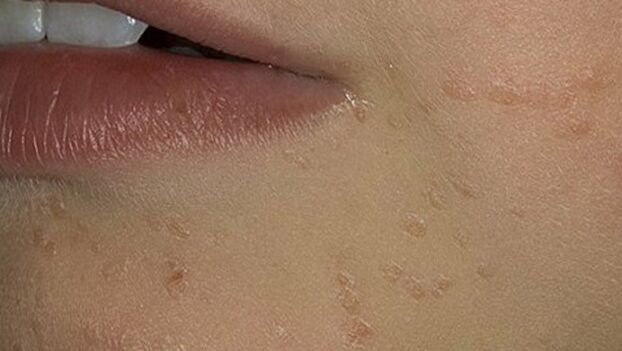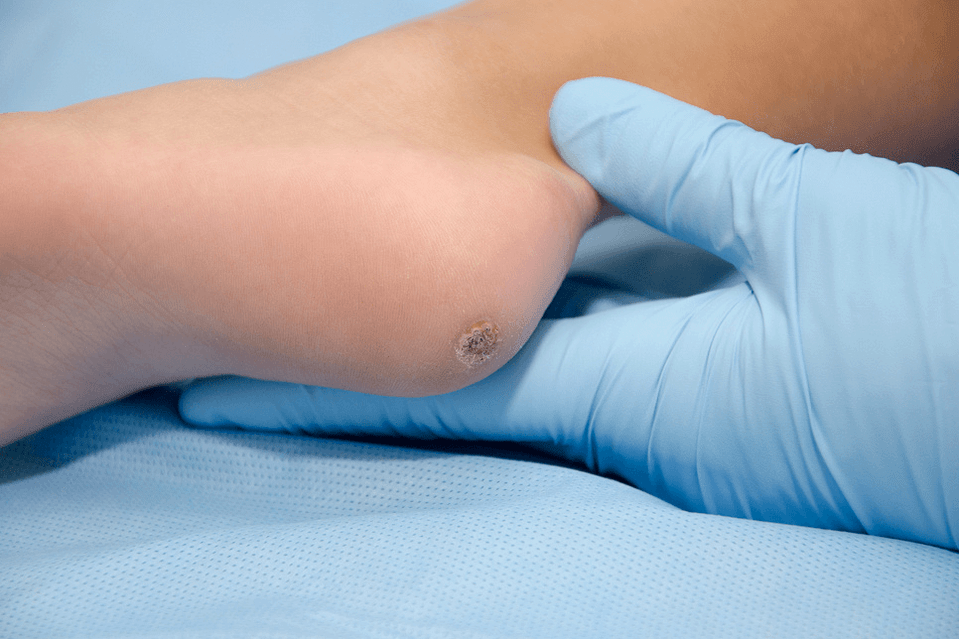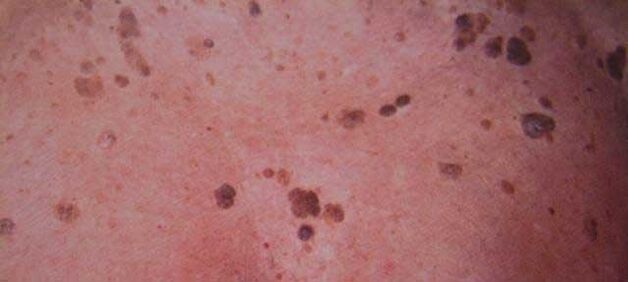Warts are benign (unlike malignant - without the formation of cancer cells) skin formation, formed under the influence of various representatives of the human papillomavirus (HPV) family, of which there are more than a hundred. There are no gender and age barriers for warts: their prevalence is similar among both sexes and does not depend on age.
Ways of infection and causes of warts

Papillomavirus is spread through contact: either through direct contact with the carrier (handshake), or through contaminated household items and the environment (in bathrooms, showers, swimming pools, etc. ). But do not run away from the hand held out by a colleague or good friend: the condition of the infection is a bad combination of several factors:
- skin cracks and microtraumas, chronic scratches. Risk groups - people who, according to the nature of their professional activities, engage in wet cleaning or hand washing: they have a lot of microtrauma on the skin;
- weakened immunity (indicator - frequent colds);
- excessive sweating on hands and feet.
If all goes wrong, then the first warts will appear in 1. 5-6 months: this is the incubation period of a viral infection caused by HPV.
Types and symptoms of warts
Common warts (also called abrasions).
Such warts make up 2/3 of the total number of warts on the skin. That’s right, these warts are characterized by age readability: they often settle in children and younger students.
Favorite places for wart dislocations are the hands (both palms and back), fingers, sometimes (which is very unpleasant from an aesthetic point of view) the face. The appearance of rough warts is very unpretentious: round seal nodules, with sizes from pin heads to small nuts. The color does not stand out on the skin. Single warts are rare: there is usually some or all of the spread. Moreover, one of the warts is the largest, it is the so-called maternal warts. If you remove it, then the rest will go down on its own.
Flat warts (juvenile).

Another representative of "young" warts that affects people aged 10 to 25 years. It is a small flat papule that protrudes only slightly on the surface of the skin, having a smooth (sometimes scaly) surface. The color is fleshy, sometimes with a yellowish tint. Often, flat warts are found on the back of the hands, wrists, face and neck. Sometimes - at the head of the penis.
plantar warts

These warts are distinguished by an increase in pain, which is especially felt when walking. Externally, plantar warts are difficult to distinguish from calluses. They can be either convex or concave. Plantar warts arise in line with its name - on the soles of the feet, in places of most friction.
Senile warts (seborrheic).

Benign tumors of the epithelium that form over many years that occur in old age are called senile warts. Initially, it is a small brown spot, which, increasing with time, reaches a diameter of 5-6 cm. Senile warts (also called seborrheic keratomas) have an oily and crusty surface. Over time, it thickens, its surface is covered with cracks and completely fills with a dark brown color. Senile warts form on enclosed areas of the body, but sometimes they irritate their owner unnoticed on the face, neck, and limbs.
Condyloma (genital warts)
These warts have specific localizations: genitals, perineum, vaginal and anal openings. They can occur in the armpits, under the breasts of women, and in children - in the nasolabial folds. In terms of appearance, they are often compared to chicken nests or cauliflower because of their lobed structure. The color of the wart is fleshy or pale pink, but if you rub it, it becomes dark red and starts to bleed. They formed large colonies.
Diagnosis of warts
Diagnosing warts is not difficult, this is not rocket technology for you. Just look at the clinical manifestations of this unwanted tumor. Plantar warts are distinguished from superficial calluses by the former papillary structure, genital warts from broad warts, which are a sign of secondary syphilis, with a denser consistency, a broad base and a moist surface of the latter.
Warts treatment
Warts are removed either medically or mechanically. Given the "essence" of their viruses, they are fought accordingly: antiviral ointments are prescribed. This will prevent the spread of warts to undeveloped areas. From folk methods, celandine milk juice, which stands out on plant cuttings, has become widespread.
Electrocoagulation (exposure to electric current + high temperature) helps to get rid of warts even in the most advanced cases.
Cryotherapy (cryodestruction with liquid nitrogen) is ideal for the treatment of abusive warts. The procedure is practically painless, which makes it easy to use on children.
Plantar warts are treated in a complex way: first - by cryodestruction, then - through surgery, removing the affected area of tissue under local anesthesia.
Laser therapy is also used, using various types of beams. The affected area relies on this to evaporate or clot.
There are usually no special problems with warts, but relapses do occur. And in about half of the cases, they disappear on their own, without any treatment.
As a preventative measure, it can be advisable to respond immediately to the appearance of even one wart and immediately take steps to remove it.























